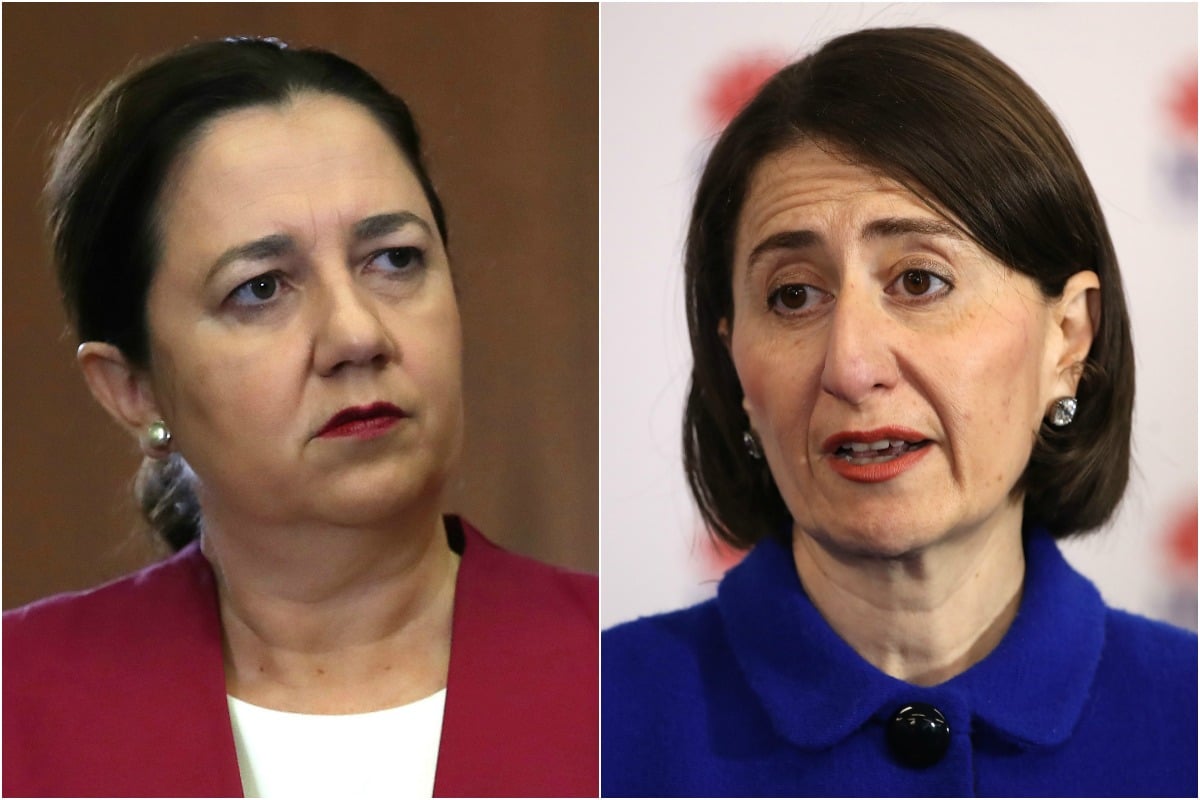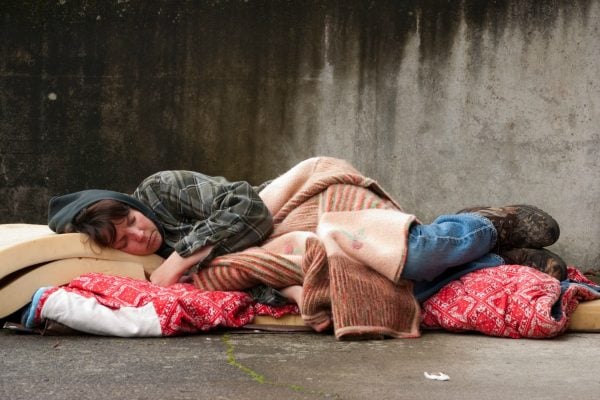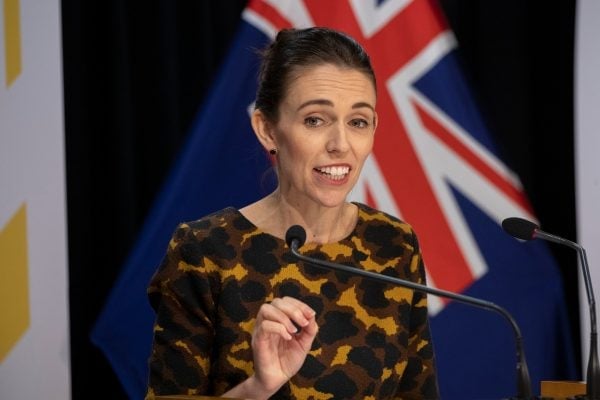
COVID-19 border rules spark tension between the states.
Australia’s deputy chief medical officer says there’s no reason for borders to be shut, as state leaders squabble over coronavirus-related border closures.
NSW will relax travel rules within the state from June 1, with regional travel allowed for interstate visitors and residents. The Blue Mountains has already reported “bedlam” as tourists returned over the weekend, while regional places like Orange reported an influx of bookings as soon as the travel restrictions were lifted.
But Queensland is holding firm, telling its tourism industry to prepare for a likely September reopening of its state borders.
WA, SA and the NT are also maintaining hardline approaches on border closures amid fears of a second wave of infections.
Travel restrictions in NSW will be lifted from June 1. You will be able to holiday anywhere in the State. Remember at all times to practise strict social distancing, frequent hand washing, and plan and book ahead. Avoid shared facilities. pic.twitter.com/G10NlgIhnu
— Gladys Berejiklian (@GladysB) May 20, 2020






























































































